Growing Vegetables When It’s Texas Hot
Team PlantTAGG2024-01-24T09:30:03-06:00North Texans headed into summer with renewed resolve. As our community adapts to a new routine, there’s been overwhelming interest in how to grow vegetables at home. There are few better ways to lift spirits than communing over a meal prepared fresh from the (victory) garden.
Summer also brings a set of shared challenges for all gardeners—inevitable heat and an increasingly unpredictable drought. The best way to ensure successful yields is by focusing on growing vegetables that can produce amid the swelter and providing the right amount of water to help them thrive. In this article, we take a look at four factors to ensuring summer vegetable garden success: location, soil, water – and the right plants.
The Right Garden Prep to Grow Vegetables: Location & Soil
If you are just getting started, choosing the right location for your garden can’t be overemphasized. You will need at least six hours of sunlight to grow vegetables during the warmer season. Once you’ve found the right spot, your garden’s health is a direct reflection of the health of the soil below. While there are no silver bullets when it comes to growing vegetables, the closest thing to it is compost. Consider adding <3 inches of compost and incorporating it into the top 6 inches of soil, using a spade fork or tiller. In addition to alleviating soil imperfections, you’ll create a spongy layer to hold moisture during drier periods and infiltrate more water—when (or if) it does rain during the summer. Another tip to ensure summer gardening success is to mulch heavily. Spreading 2 to 4 inches of wheat or pine straw around your vegetable beds will reduce the chance of weeds competing for water and nutrients, and it will help make sure that precious, consistent moisture stays in the soil.
Don’t Skip the Drip when Growing Vegetables
Ensuring access to water is a critical step for growing vegetables. While a faucet, hose and spray nozzle might work for the short term, it will take longer to hand water as temperatures creep up. Consider converting an outdoor faucet into a drip irrigation system complete with a watering timer. This step will help prevent your tomatoes from cracking from uneven moisture, and it will help to automate one of the most significant time constraints of growing vegetables. Drip irrigation is the most efficient watering method, and everything you need can be found at your local hardware store or favorite online retailer. If installing a drip irrigation system seems daunting, soaker hoses will work in a pinch.
Winner, Winner, Veggies for Dinner
Certainly picking the right spot, cultivating healthy soil, and providing a proper means of irrigation are the foundation of any summer garden. However, there’s one more step to ensuring a favorable (and flavor-full) outcome for growing vegetables: picking the “winning” plants. Gardening in Texas can be tough enough. Throw in the summer heat and sporadic rains, and not just any vegetable will take root. But if you pick the right plants and sow them at the right time, you’ll grow plenty for yourself and possibly enough to share with friends.
Grow Vegetables: Top Picks to Plant Right Now
Peppers (Plant June 1-Aug. 1)
While you can plant peppers in spring, you’ll get more yield when planting during the summer. To increase production, try pinching or pruning back the top of the plant after transplanting. Also, consider removing any early blooms. These two practices can help young pepper plants establish quicker and eventually develop bushier, more productive plants. Try growing spicier peppers like jalapeño, serrano and cayenne; smaller, milder peppers like banana, shishito, Aji Amarillo and Aji Limon; or small, sweeter peppers like Marconi red, Corno di Toro Giallo and Corno di Toro Rosso.
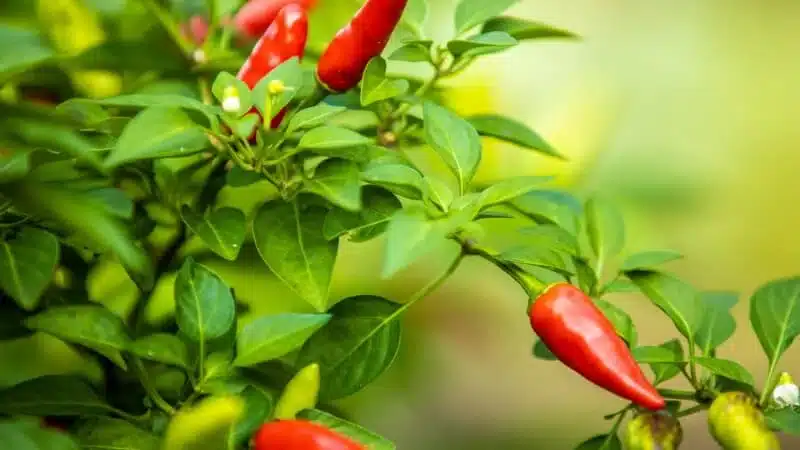
Malabar Spinach (Plant June 1-Aug. 15)
Cool-season greens like spinach can’t take the Texas heat. By this late in the year, they have bolted (producing seeds and ending their natural life cycle) or have turned so bitter they are inedible. Malabar Spinach thrives in higher temperatures. It grows so vigorously that some complain it produces too much! Both red- and green-stemmed varieties are highly ornamental—well suited for any edible landscape. They produce a plethora of dark green heart-shaped leaves, much thicker than its namesake. The thicker leaves take up to twice as long to cook than regular spinach. But, they can be used in any recipe that calls for spinach.
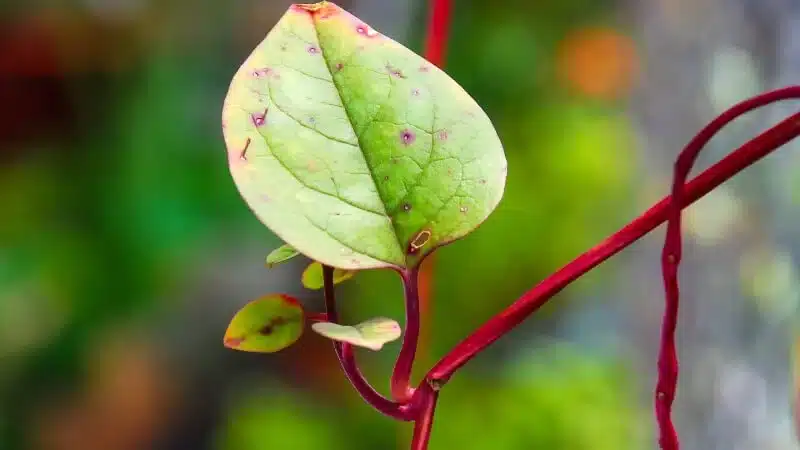
Tomatoes (Plant June 15-August 15)
America’s favorite vegetable is actually a fruit—a finicky fruit that doesn’t always return yields even to gardeners who tend them diligently. The good news is that the longer fall growing season creates conditions more favorable for higher tomato production. Plant young tomato transplants mid-June through July—so that they can get a head start and have plenty of time to thrive before the first freeze (usually around November 22). To increase yield, plant smaller fruiting indeterminate cultivars like Sweet 100, yellow pear and cherry, or medium-size varieties like Roma, Super Fantastic, San Marzano and Marmande. Further increase production (and establish deeper root systems quicker) by removing the lower third of the leaves and branches, then plant transplants deeper, covering these nodes where the leaves once were. The nodes then have the potential to grow roots instead of leaves!
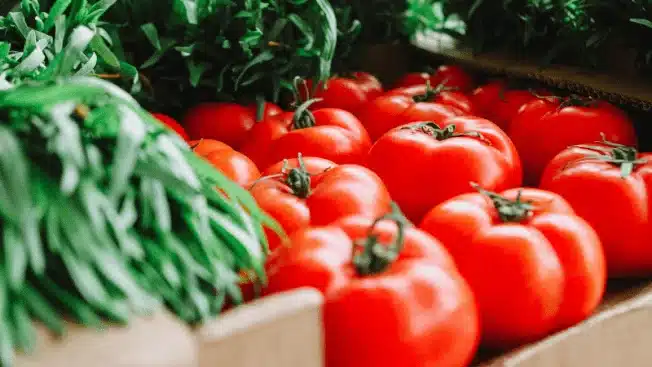
Blackeyed Peas (Plant July 1-Aug. 15)
Blackeyed peas and their cow-pea cousins, purple hull peas, yardlong beans, et cetera, thrive in the heat of the summer. Plant these peas mid to late summer since they can withstand brutal heat and drought, and they can produce dozens of mature fresh peas in a single harvest. If you can’t wait, the young tender leaves are eaten raw in salads or cooked like spinach around the world. Also, you can snap young, immature pods and eat them like green beans. If fact, yardlong beans (which share the same scientific genus and species as blackeyed peas) are noted green bean substitutes that produce higher yields in warmer climates.

Okra (Plant July 1-Aug. 15)
This member of the hibiscus family is one of the easiest vegetables to grow during Texas summers. Choose high-yielding hybrids like Clemson spineless and Emerald or Texas-tough heirlooms like Eagle Pass and Hill Country Red. Because they look so much like their ornamental cousins, you can sneak them into existing flowerbeds and enjoy their hibiscus-like flowers. To maximize production, harvest daily when okra pods are no longer than 4 inches. They will keep producing until the first frost.
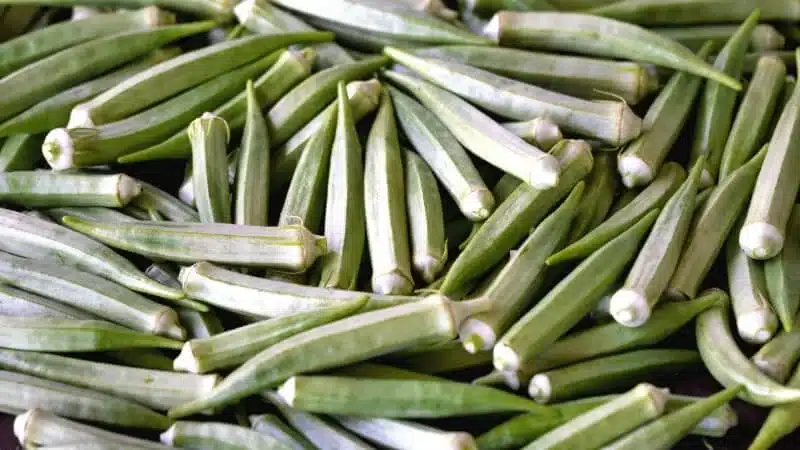
Winter Squash (Plant July 1-Aug. 10)
This group of squash is named for its ability to keep for months after harvest—well into the winter. The best time to plant the more firm, dense and sweeter varieties like Acorn, Butternut, Buttercup, Kobocha and Spaghetti is during mid to late summer. Although they require more time to produce mature fruit, their flowers can be enjoyed during the summer. Male flowers can be identified easily as they lack the small unfertilized fruit at their base. Although both male and female flowers are edible, the male flowers will never yield fruit, making them the best choice to eat raw, stuffed with cheese or fried. Their young leaves are edible as well and can be sautéed. And don’t worry, munching a bit on the young leaves and male flowers won’t reduce yields. You’ll still get plenty of the fall fruits to harvest up until the first freeze.
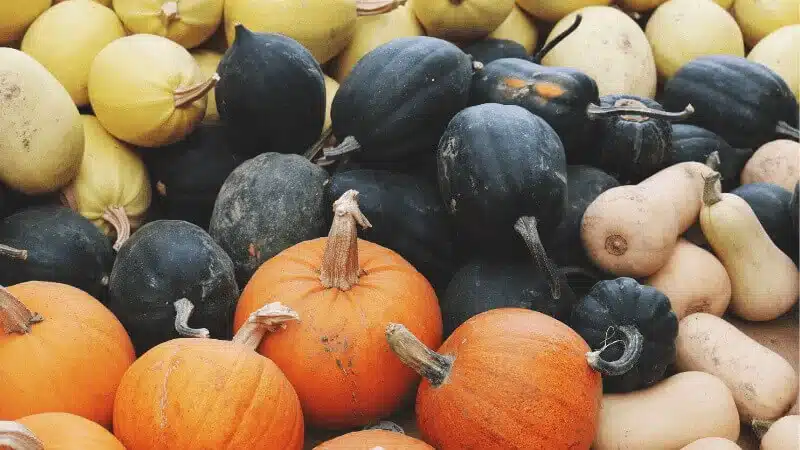
Zucchini (Plant Aug. 1-Aug. 25)
While many squashes thrive in the summer months, zucchini is as prolific of a producer as they come. They might even produce more in the summer because the dreaded squash-vine borer is not active. These fast-growing cucurbits can yield up to 10 pounds of fruit per plant, producing an excess for baking, sautéing, roasting, pickling, freezing, making veggie noodles and zucchini bread. In fact, the amount they produce is joked about so often by gardeners that August 8 has been dubbed “Sneak Some Zucchini onto Your Neighbor’s Porch Day” – nationally! Not all zucchini is dark green, long and skinny. Look for globe-shaped or lighter green varieties for a change of pace.
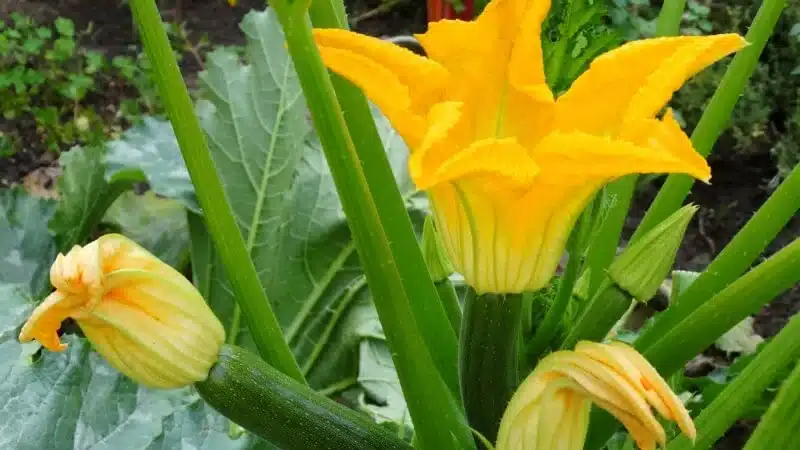
Guest Contributor:
Daniel Cunningham, Horticulturist and Project Coordinator
Daniel Cunningham, Horticulturist of Texas A&M AgriLife’s Water University program, reaches professionals and the public with the most current sustainability information about landscape water use, including design, plant selection, and water-conserving landscape management practices. His primary focus is a holistic approach to landscaping and food production systems. Cunningham specializes in Texas native plants and trees, vegetable gardening, edible landscaping, and rainwater harvesting. He is also passionate about utilizing landscapes as habitat for beneficial wildlife. He focuses on the edible value of common landscape plants and is known in the public arena for leading courses on foraging and engaging in the practice as a source of his own food.Keep up with Daniel by following his @TXPlantGuy social media pages and by catching his latest articles in the Dallas Morning News. Also, watch Daniel’s latest segments on NBC Channel 5 for tips on how to get the most out of your lawn, landscape, or vegetable garden.


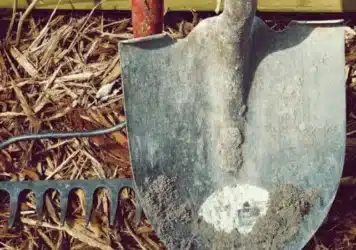
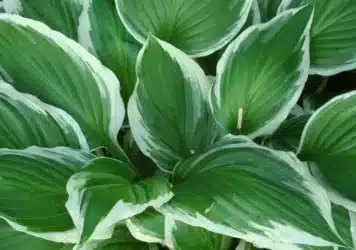
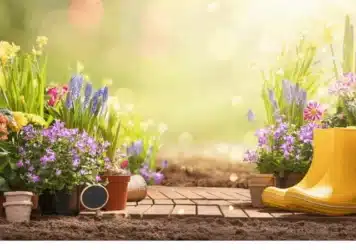


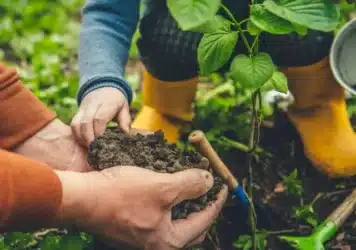

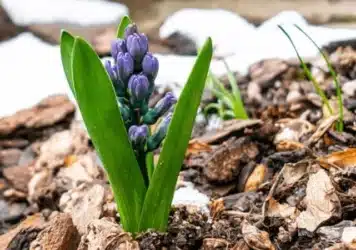

Comments (3)
Thank you for the information. Starting my 1st garden in Central Texas.
Dealing with the Houston heat and drought this year has made my hours in the garden tough. I’ve covered all your basics, now I just keep working the garden and praying for a harvest, and rain would be nice, cooler weather would be delightful. We still gotta make it through August. Let’s all hold hands, stand in a circle and sing. Oh, my spring garden was fantastic. Over 50 pounds of Lemon cucumbers and Green Apple cucumbers, had pounds and pounds of carrots. Tomatoes did ok. All peppers are still doing good. Cantaloupe, although abundant, they tasted like melons, just never really got sweet.
Thank you for sharing your information.
U forgot the watermelon 🍉 they love the heat-not easy to grow but worth the try.